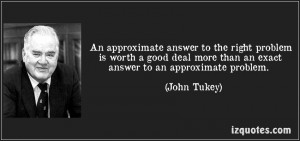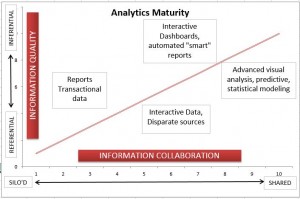Tables, rows, columns, arrays, cross tabs, flat files… All filled with nicely structured bits of information. But in this cold barren digital landscape can we find any shred of personality? Yes, but only if your willing to work to expose it. Some would call this data exploration. This works if we stay in that cold calculated space, but why not treat your data more like a debutante being announced at the ball.
So it’s kinda of cliche’. YES, but this stems from a prior post on information intimacy. http://wp.me/p3DKQR-S
As you evaluate your data composition, n counts, data types, value relationships, etc, etc, etc, you are assigning traits along the way.
At www.dictionary.com we see the following:
“the organized pattern of behavioral characteristics of the individual.” [WHY NOT DATA?]
This fits… Where you will see pronounced personality of data is once you venture into the expanding role of unstructured data. Open text fields, memo fields, verbatim files, video, voice. Is not theme detection an attempt to gist clarity from large quantities of abstract text fields?
This is an excerpt from a June 2012 Intel white paper:
“Unstructured data is growing faster than structured data. According to a 2011 IDC study, it will account for 90 percent of all data created in the next decade. As a new, relatively untapped source of insight, unstructured data analytics can reveal important interrelationships that were previously difficult or impossible to determine.”
These personality traits will continued to develop as you “mash” or combine disparate data into different combinations of explorable data sets. Also keep in mind that your observations should be guided by a range of business imperatives… “Why know the Why?”
So as you journey through structured and unstructured data (hopefully both[together]) keep in mind that insights HIDE in the mundane, are exposed by the curious and usually start with a statement like “well that’ s weird.”






